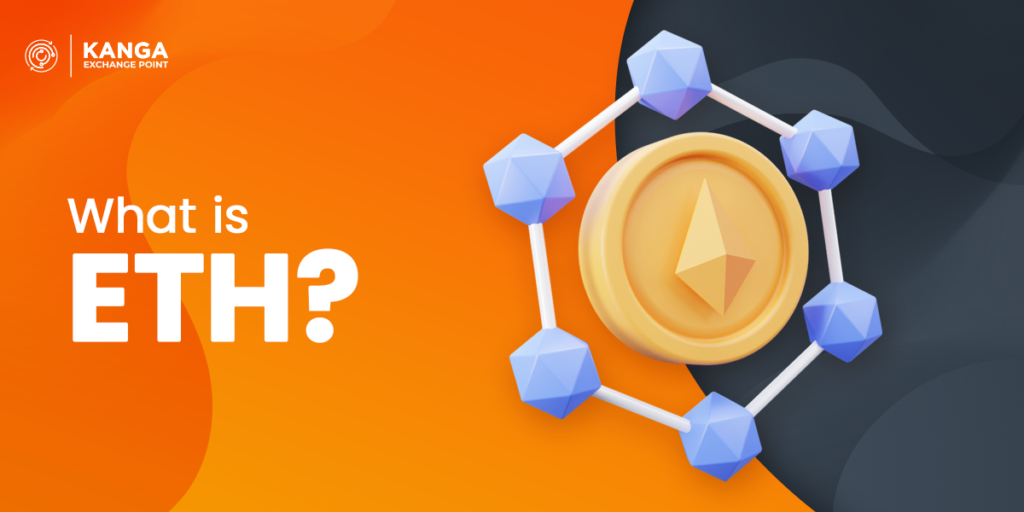What is ETH?

If bitcoin (BTC) is the supposed future of money, what is ethereum (ETH)? For someone new to the cryptocurrency space, this is a logical question, given that they probably see Ethereum and its native cryptocurrency Ether (ETH) alongside bitcoin everywhere on exchanges and in the news. However, it’s not quite fair to consider Ethereum as direct competition with bitcoin. It has different purposes, functions and even technology.
Welcome to the next installment of our “What is…?” series, in which we discuss the digital currencies available at Kanga Kantor outlets. This time it’s time to tell you about ETH. We invite you to read more!
The origins of the ETH
Ether is a transaction token that facilitates operations on the Ethereum network. All programs and services associated with the Ethereum network require computing power, hardware, Internet connections and maintenance. Ether is the payment that users give to network participants for performing the operations they request on the network.
Metaphorically speaking, it is more accurate to refer to ether as the “gas” that powers the network. Gas is the term the community uses to refer to the exchange of ether for work done to verify transactions and secure the blockchain.
Understanding the Ethereum blockchain
The Ethereum blockchain is a distributed ledger designed as a platform to help people create applications that require secure storage of information. Additionally, it was created to remove third parties from global financial systems and shift monetary control to people instead of governments and companies.
A distributed, worldwide virtual computer hosts the platform and blockchain. It uses nodes (remote hosts), a consensus layer, an execution layer and volunteers who provide the hardware needed to host the virtual machine.
Operating costs for host maintenance and participation in the network and blockchain are minimal, but volunteer validators must put up valuable ether out of their own pockets to host the nodes. Validators get a chance to validate transactions and earn a reward for their work, issued in ether (ETH).
How is ETH different from BTC?
Most importantly, the overall goals of the network are different. Bitcoin was created as a secure decentralized peer-to-peer payment system as an alternative to traditional currencies.
The Ethereum platform was created to facilitate contracts and applications, and ether is the medium through which these transactions are made possible. Ether was never intended to be an alternative currency or to replace other means of exchange, but it has become one. Its original purpose was to facilitate and monetize the operations of the Ethereum platform.
Unlike Bitcoin, the total number of Ethereum tokens has no absolute limit – it changes and grows constantly depending on demand. As a result, the Ethereum blockchain is much larger than the Bitcoin blockchain and is expected to continue to outpace Bitcoin in the future.
Another key difference between the two is that while the Bitcoin blockchain is simply a ledger, the co-founders of the Ethereum blockchain can build more code into transactions, creating “smart contracts” and other applications. Thus, transactions on the Ethereum network can include executable code, while the data associated with transactions on the Bitcoin network is typically used only for record-keeping.
The amount of time required to build a new block also differs between the two virtual currencies. For example, a new block on the Ethereum blockchain can be confirmed in seconds, while for Bitcoin it takes an average of 10 minutes.
Technically, the two technologies do not compete; from a functional perspective, they do. This is because cryptocurrencies and blockchains have become more competitive in their use cases, transaction speeds, capabilities and market capitalization. The two older blockchains must constantly evolve to maintain popularity or risk being left behind by newer ideas and techniques.